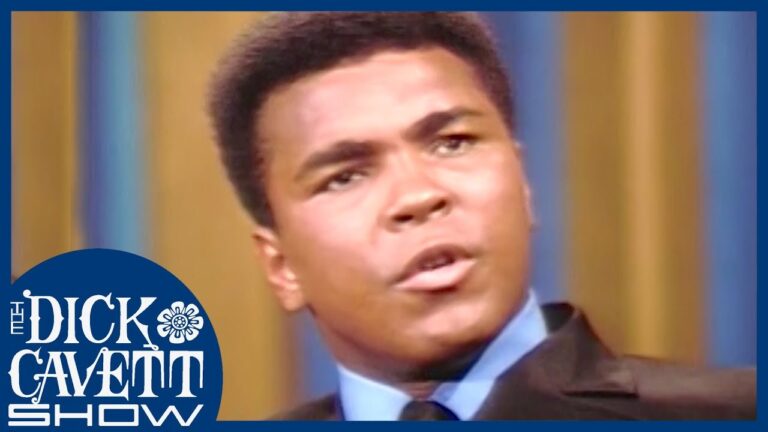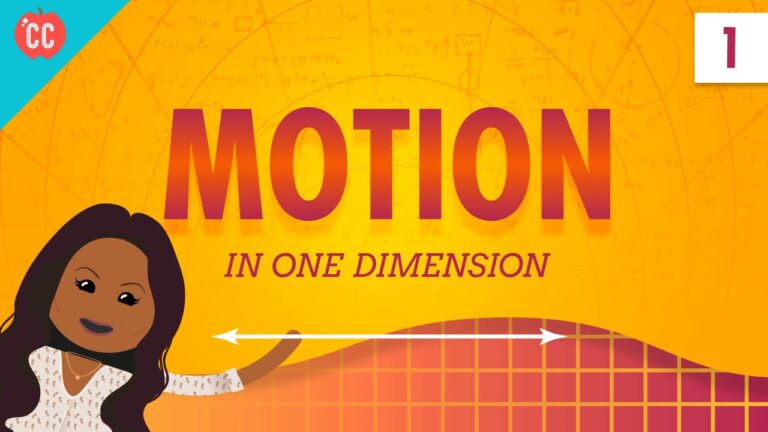In this video, Jim Kwik explains six tips on how to learn faster and how to use the ‘FAST’ technique as part of your daily brain-training regimen.
What Is The FAST Learning Technique?
‘FAST’ is an acronym for Forget, Active, State, and Teach and functions as a learning strategy.
The F in Fast stands for Forget
- If you want to speed up ‘kwik brain,’ you must temporarily forget three things.
- Forget what you already know about the subject. A lot of people don’t learn faster because they feel like they already know the information. But your mind is like a parachute; it only works when it’s open.
- Forget about anything that’s not urgent and important. You can’t multitask. If your brain is thinking about 4 different things, you’re not fully present – so you won’t learn ‘kwik’ly.
- Forget your limitations. These are beliefs like your memory isn’t good, or you’re a slow reader, or you don’t have the right education to learn. But if you fight for your limitations, you get to keep them. Your memory isn’t fixed, and it is possible to remember hundreds of words and numbers
The A in FAST stands for Active
- In school, we were taught to learn by consuming information quietly. But you don’t learn by being lectured to. You learn by creating information and being active in the process.
- Learning is not a spectator sport.
- How can you be more active in your learning?
- Ask questions.
- Take notes.
- The more active you are, the more you will learn.
The S in FAST stands for State
- Your state is a snapshot of your mood – the mood of your mind and your body. It’s the emotional well-being that you feel in that exact moment.
- Information combined with emotion becomes a long-term memory.
- Many of us don’t remember what we learned in school because the umbrella emotion for most people in school was boredom.
- You are the only person in control of your state.
- How can you improve your state?
- Change your posture or your body or breathing.
- Sit or stand the way you would if you were totally energized.
- Think about how you’ll benefit from the information.
- All learning is state-dependent.
- Choose states of joy, fascination, and curiosity.
- Sell your cleverness for bewilderment – Rumi.
The T in FAST stands for Teach
- If you want to cut your learning curve in half, learn with the intention of teaching it to somebody else.
- If you had to give a presentation on what you’re learning today, you would learn it differently. You would pay closer attention. You would take more detailed notes. You would ask better questions.
FAST Learning Technique Video Timestamps
01:55 All learning is State-dependent
08:15 Why it is important to ‘Learn How to Learn Fast’
19:30 6 Quick tips of fast learning
29:10 Two super-villains: Digital Overload & Digital Destruction
33:15 Digital Dementia – How modern people are losing simple memorization capabilities
40:39 The Success Mindset – All behaviors are believe driven
47:26 Learn any subject faster – the ‘FAST’ technique
50:35 A Story of Jim Kwik about his childhood and learning quickly
How To Learn Faster Using The FAST Technique






